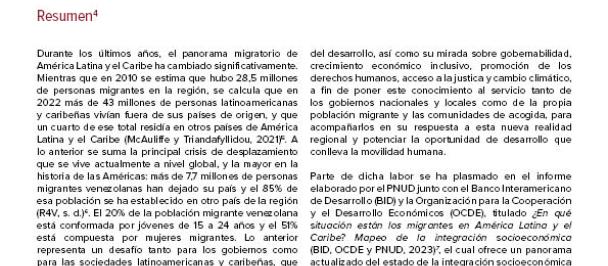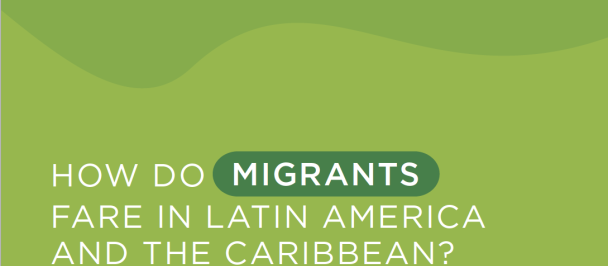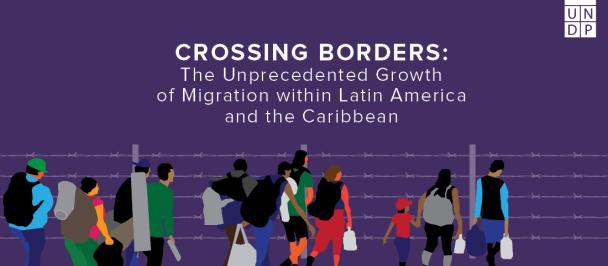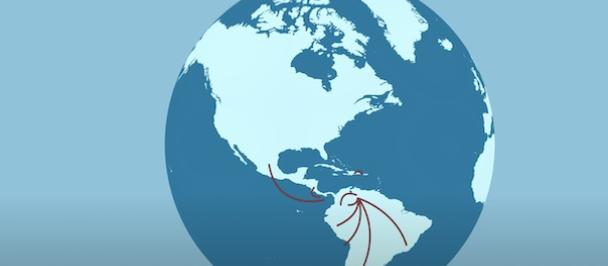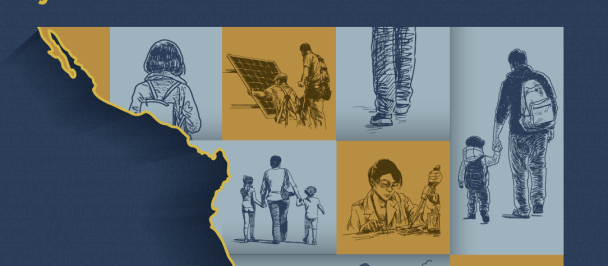With your solidarity, migrants can transform their lives and contribute to the countries that receive them
Being a Migrant in Latin America and the Caribbean
May 2, 2023
Migration: a phenomenon that touches millions of lives Latin America and the Caribbean
Latin America and the Caribbean went from hosting 7 million migrants in 1990 to having an immigrant population of almost 15 million in 2020, being the region of the world that grew the most in terms of human mobility.
The evidence is clear: migration boosts productivity, stimulates innovation and generates more diverse societies, among other benefits. For people who make the difficult decision to migrate, it opens up new opportunities. However, at the same time, it entails new risks, difficulties and enormous challenges for people who face discrimination, uncertainty and the challenge of integration.
For host countries, sudden and massive flows like the one the region has experienced in recent years generate socioeconomic pressures and have diverse effects on poverty, development, and demographic dynamics.
Thus, the scale and urgency of the needs of migrants have further strained the already limited capacity of governments to provide the population with adequate access to basic services, exacerbating xenophobia in receiving countries in Latin America and the Caribbean.
"Here, I live without fear"
Monique is Haitian and has lived in the Dominican Republic for 10 years. For her, the language was one of the main obstacles she had to face when she migrated. Not speaking Spanish well meant that she was subjected to numerous discriminations. However, migrating made it possible for her to fulfill her childhood dream, to study as a nursing assistant. She lives and studies from braiding hair. Here she lives without fear.
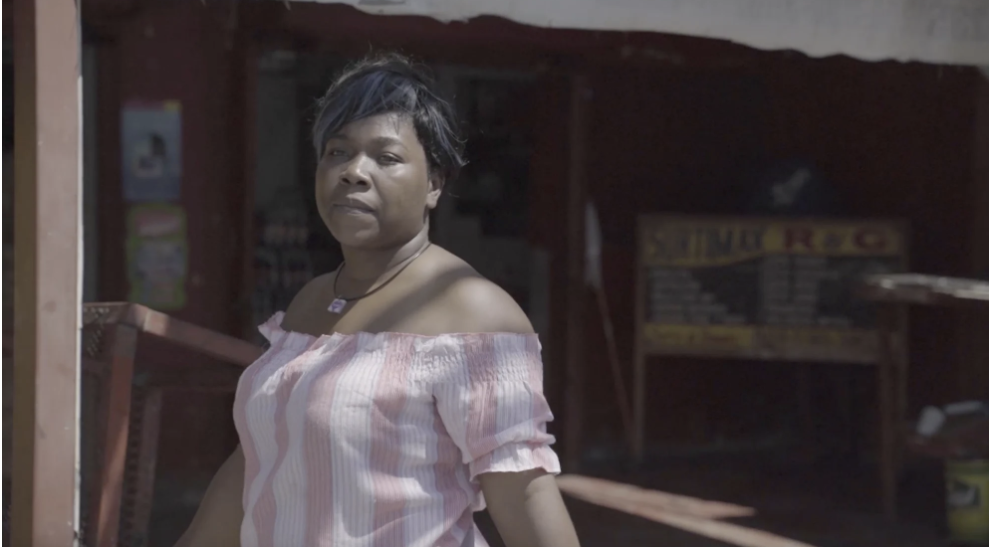
Monique Laurett Albath
Discrimination
The greater diversity brought in by immigrants does not necessarily translate into positive attitudes towards them. In the receiving countries, there is often a negative perception vis-à-vis the contributions of their ideas and culture.
There is a tendency to consider that the arrival of immigrants intensifies social conflicts -since it generates extra competition for already scarce resources-, and that it represents a greater fiscal burden for the host countries, a deterioration of the labor market and an increase in insecurity rates.
The little experience with immigrants, the suddenness of the phenomenon, as well as the great exposure of labor markets and State services to saturation, could be at the origin of these negative attitudes across the region.
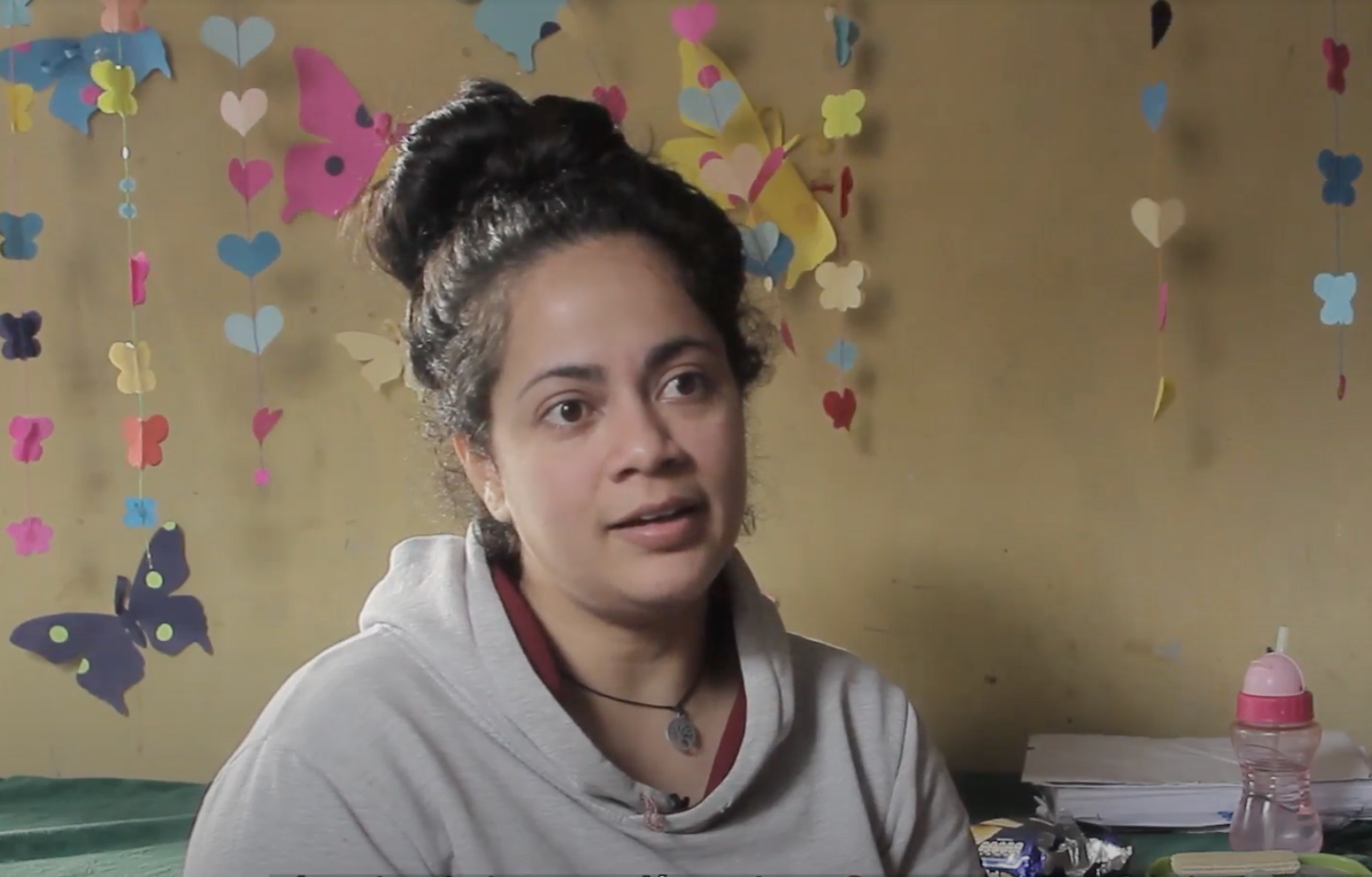
Yusbeily Carillo
"One more 'veneco'"
Yusbeily is Venezuelan and lives in Lima. She migrated because she lived weighing the decision of whether to buy medicine or food for her daughters. Upon arrival she was afraid to speak. She was discriminated for being Venezuelan.
"One more ‘veneco’" they told her. It was painful for her to be discriminated because of her nationality. However, in Peru she and her husband found opportunities. They feel good. They can buy food, medicine and diapers. They no longer have to choose.
The role of public policies
Migrants face important and diverse material and social barriers to insert themselves in host countries. However, as these stories show, migration, with all the difficulties it represents, can also be an opportunity. In short, it can, as indicated in the Report “Human Mobility. Shared Opportunities” (UNDP 2020), represent a triple win (for host countries, for countries of origin and, of course, for migrants).
In order to make the best of it, public policies are key because they not only determine the concrete possibilities of arrival and insertion of migrants, but they also have the capacity to modify attitudes among those who receive them
.
"It's hard, but if you know how to work, you survive"
Ana Iris migrated from Nicaragua to Costa Rica looking for safety. Upon arrival in San José, she was referred to the Immigration Office. They helped her with her papers. She was admitted as a refugee seeker. Her children suffered from bullying at school, but over time that improved. They want to study and live in Costa Rica, and to be a contribution to the country that welcomed them. Ana Iris is finishing sixth grade so that she can later study electricity. She lives from selling clothes.
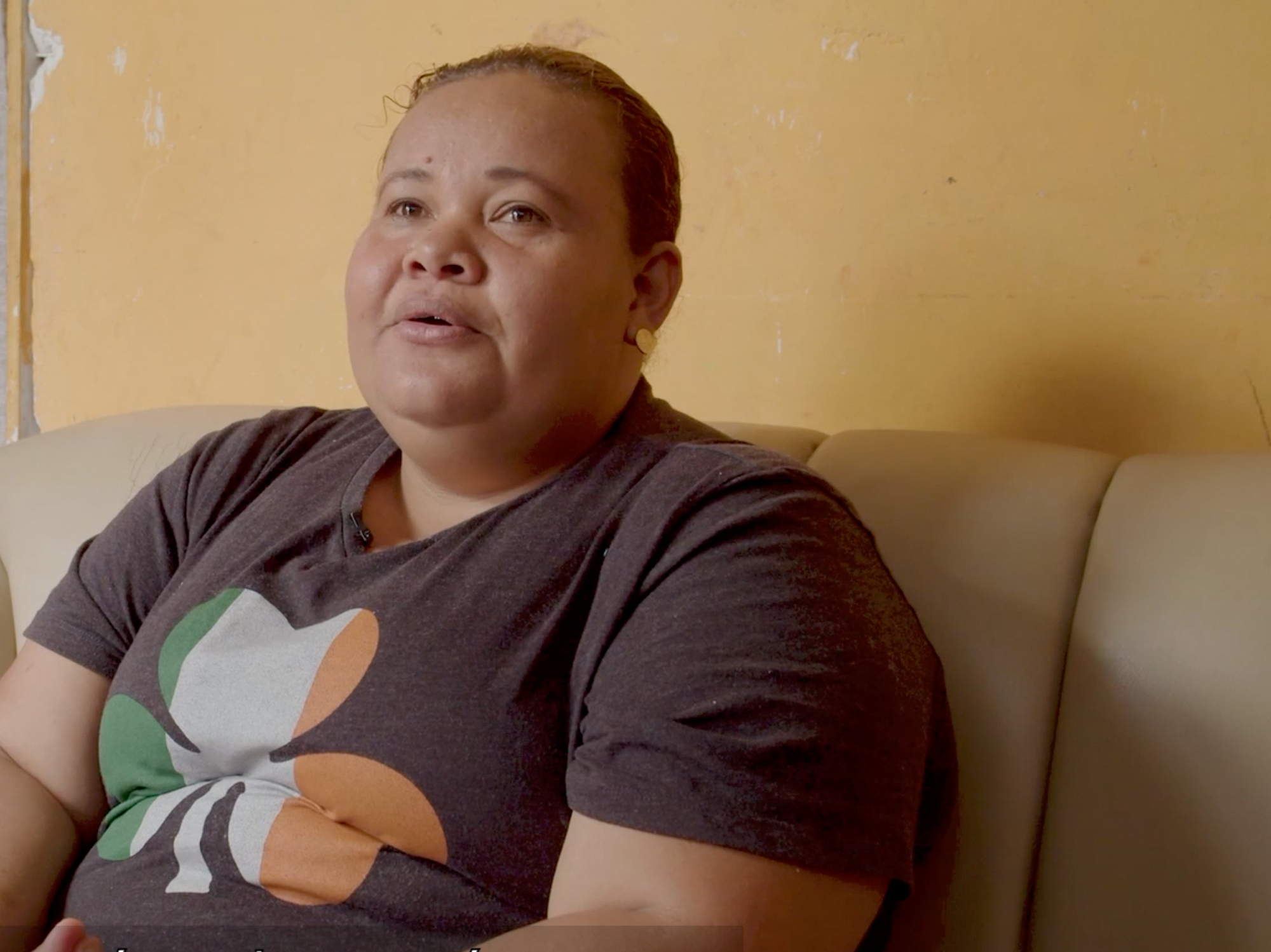
Ana Iris Bermúdez
Convinced that we face a fundamental challenge as societies, UNDP together with the IDB have worked on a research initiative to improve the well-being conditions of the migrant population in Latin America and the Caribbean. The work focusing the reduction of discrimination and xenophobia, and the maintenance of social cohesion, seeks to contribute to facilitate migrants’ integration into society through the generation of evidence and information for policy making.
The objective of this initiative was to explore the effectiveness of two simple interventions aimed at positively changing the attitude of local population towards immigration in nine countries of Latin America and the Caribbean. Both interventions relied on short videos. The first one, sought to provide objective information on the size of the migrant population in the country, its origin and educational level. The second one, appealed to the emotions of the participants through testimonial videos from migrant women. Nearly 22,000 people from Barbados, Chile, Costa Rica, Colombia, Ecuador, Mexico, Peru, the Dominican Republic, and Trinidad and Tobago participated in this initiative over the course of 3 months.
Conclusions are straight forward: the use of videos has a positive, short-term impact on people's perception of migration and contributes to breaking down prejudices associated with migrants, especially among those who have not adopted a very negative stance towards migration, among the youngest people, those with lower educational levels, those with lower incomes and those who identify themselves as right-wing ideologies. The willingness to live nearby, the representations regarding its impact on the labor market, the contribution of its culture, and the effects on citizen security, are some of the areas in which effects are observed.
As a result of this project, the book "A better world for the migrant population in Latin America and the Caribbean" was recently released, describing the methodology and main findings of this work.
A long term perspective
For UNDP, flows of human mobility and displacement in the Region have a medium and long-term reach. During emergencies, rapid humanitarian action is essential to save lives, but when people remain displaced for years, development programs are essential to ensure sustainable solutions.
Likewise, we promote the need to address mixed migratory flows (emigration, immigration, return, internal displacement, transit) from a development perspective. This vision makes it necessary to work in two fronts: on the one hand, to support local authorities and host communities in how to incorporate the population in a situation of human mobility in development planning, how to involve key actors such as the private sector, and in promoting social cohesion as a vehicle to reduce xenophobia; and on the other, in empowering migrants themselves as active subjects of their own development.
We currently have 12 projects that benefit the migrant population in 7 countries of the Region (Colombia, Ecuador, Mexico, Peru, the Dominican Republic, Uruguay and Venezuela) in activities related to: public policy design, promotion of socioeconomic integration of people in human mobility, exchange platforms between local governments, promotion of social cohesion and generation of information as an input for decision-making.
We invite you to review below the videos with the life stories of migrants prepared within the framework of this research project.

 Locations
Locations